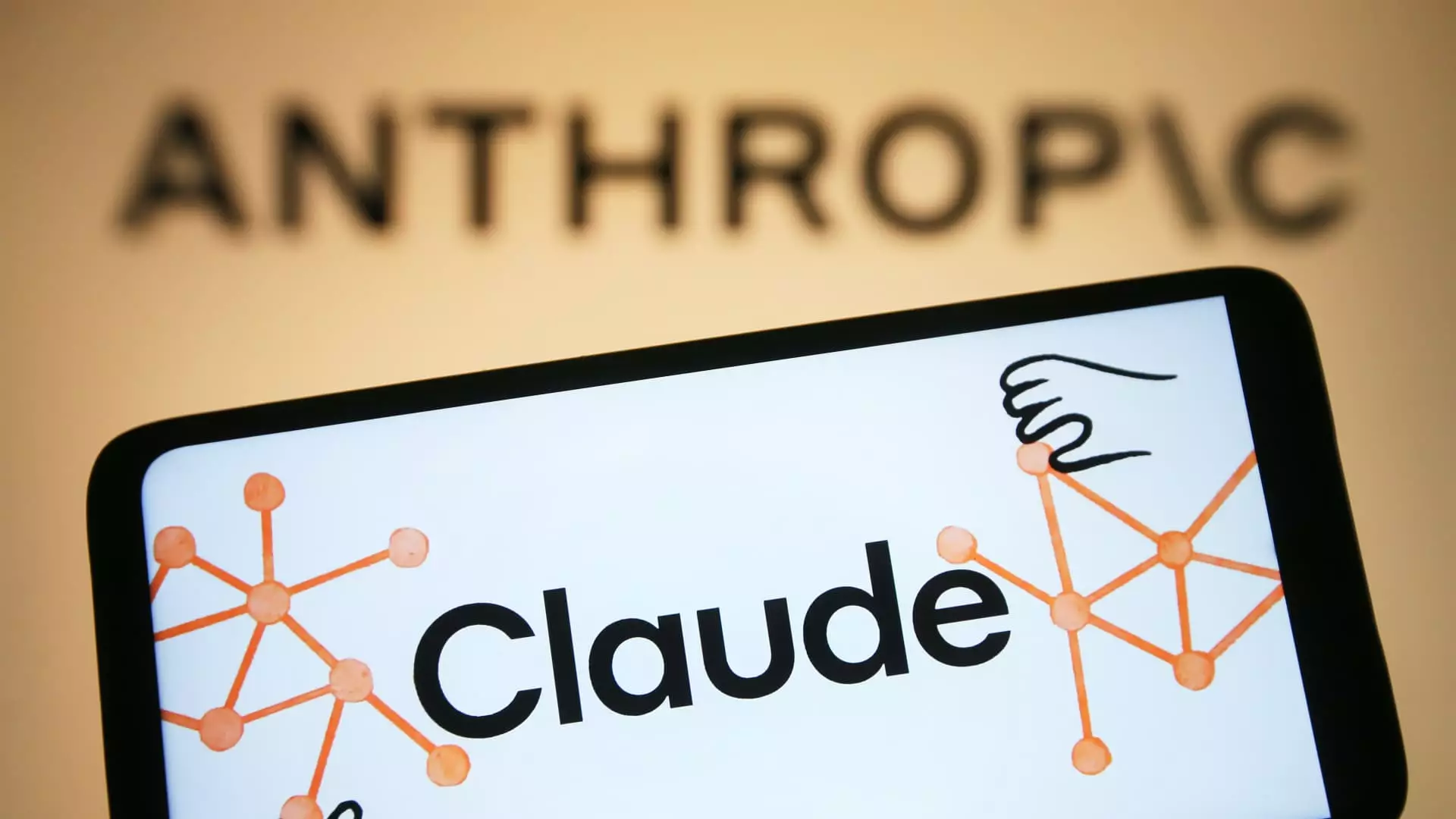The recent surge in artificial intelligence funding has painted an optimistic picture of unstoppable growth. Year-to-date figures suggest that AI startups have attracted nearly as much capital as the entire 2024 projected total — a staggering $104.3 billion. Such numbers, at face value, point to an industry on the cusp of revolutionary breakthroughs, but digging deeper reveals a different story. Are we truly witnessing an organic growth phase, or are we merely chasing the illusion of innovation fueled by excessive hype and speculative exuberance?
While high-profile deals like OpenAI’s colossal $40 billion raise certainly grab headlines, they distort the reality faced by most startups. These enormous capital injections often serve as outliers rather than the norm. The truth is that much of this funding is concentrated within a handful of dominant players, leaving the broader ecosystem in a precarious position. An environment where capital rushes into a select few, while promising smaller firms struggle to survive or are acquired in a wave of consolidation, signals a market that is heavily skewed toward short-term gains rather than sustainable innovation.
Valuations Tout a Prosperous Market, but the Reality Is Different
Striking valuations—such as CoreWeave’s $63 billion after a recent IPO—may seem like signs of a thriving industry. Yet these figures often eclipse the actual economic fundamentals. Such inflated valuations, propelled by investor speculation and market hype, risk creating a bubble that could eventually burst. When a significant portion of venture capital exits are limited to smaller, lower-value acquisitions or a handful of high-profile IPOs, it underscores the volatility and fragility beneath the veneer of success.
Furthermore, the pattern of frequent acquisitions—mainly bolt-on deals—suggests that larger corporations are not necessarily investing in groundbreaking innovation but primarily locking down startup talent and technology to boost their market positioning. The strategic buying spree masks a lack of organic growth opportunities, raising questions about the long-term viability of these investments.
Market Dynamics and the Macroeconomic Lens
The broader macroeconomic environment significantly influences AI funding trends. With liquidity tightening and economic uncertainty looming, investors have become cautious. The slow pace of large-scale exits, such as IPOs, indicates a hesitant market unwilling to commit to high-risk, high-reward ventures in the current climate. This cautious stance results in a paradox: enormous sums are flowing into AI, yet the actual profits and meaningful market differentiators remain elusive.
In sectors outside AI, such as fintech and crypto, funding has plummeted by over 40%, exposing a risk-off environment that favors less ambitious, more immediate profit opportunities. AI’s allure is undeniable, but the industry’s reliance on hype-driven investments leaves it vulnerable to a correction. The hope that easing interest rates and improving economic conditions will revive IPO activity might be wishful thinking—a gamble that assumes macro stability without addressing structural weaknesses within the AI ecosystem.
The Illusive Promise of Disruption and Sustainable Growth
The narrative of AI as an engine of disruption risks becoming self-fulfilling prophecy, but it also obscures fundamental issues—chiefly, the lack of clear pathways to profitable, scalable enterprise solutions. Most application-focused startups operate in niche verticals that fill immediate gaps but lack the broader transformative potential touted by industry hype. These smaller deals and acquisitions may provide short-term valuation boosts but do little to ensure long-term, sustainable innovation.
Moreover, the current funding frenzy could ultimately stifle genuine progress by funneling resources into speculative ventures rather than addressing pressing societal challenges. Instead of focusing on equitable, impact-driven AI development, industry giants and investors seem more concerned with maintaining a narrative of rapid growth for financial gain. This myopic outlook risks perpetuating a cycle of inflated valuations and volatility, undermining the fundamental goal of AI—to serve humanity’s needs responsibly and sustainably.
As the industry navigates these turbulent waters, a more cautious and critically engaged approach—favoring transparency, regulation, and long-term vision—will be essential. Without it, the AI boom risks becoming another fleeting chapter of market excess, rich in headlines but poor in genuine progress.

Leave a Reply